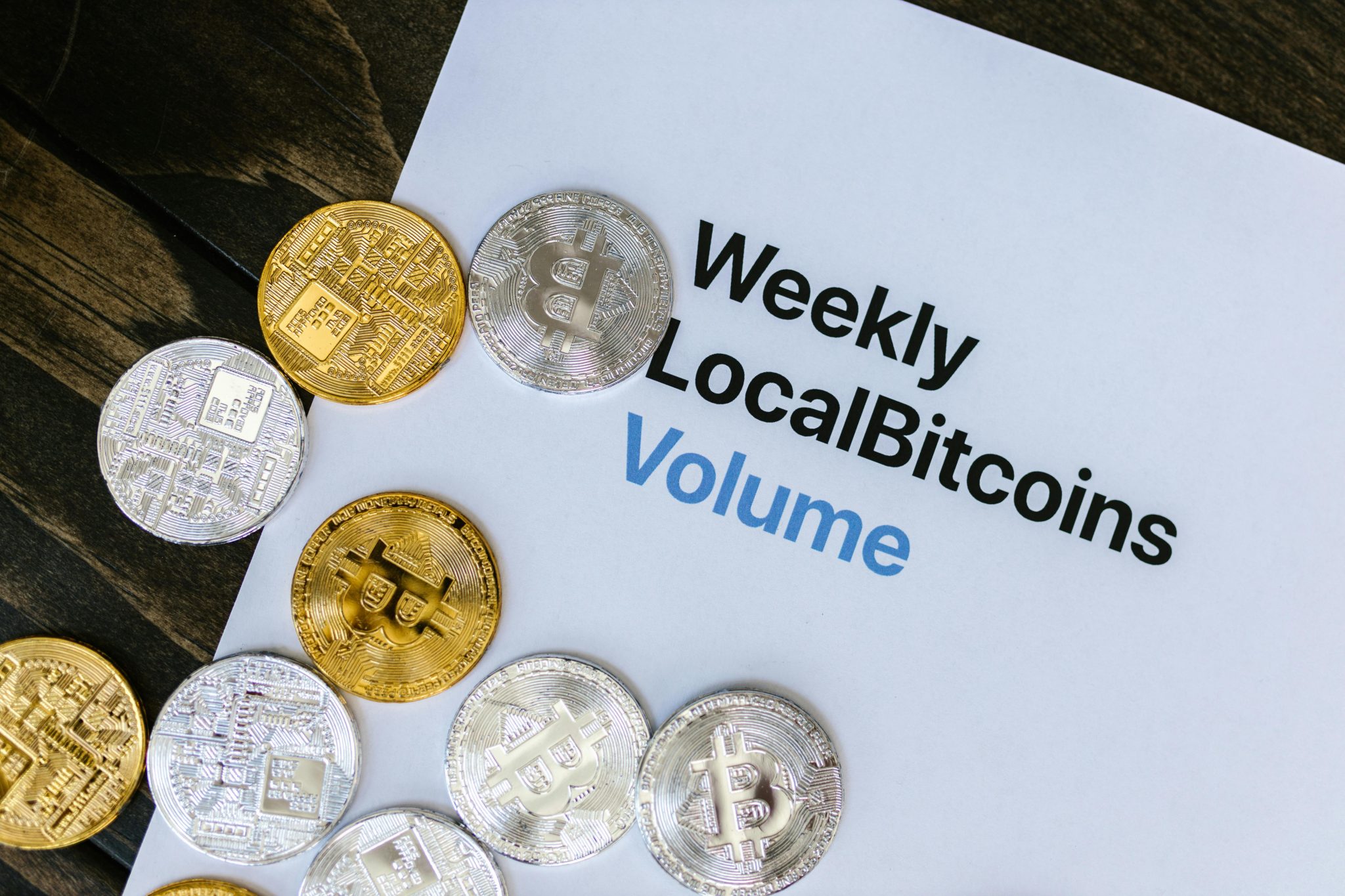
Introduction
Tokenized platforms are at the forefront of enhancing cross-chain compatibility and blockchain synergy, offering groundbreaking solutions to interoperability challenges. As blockchain engineers and CTOs seek to leverage these advancements, understanding the significance, technological innovations, and future trends becomes crucial. This article delves into the mechanics of tokenized platforms, highlighting their role in unifying diverse blockchain ecosystems.
Overview of the Significance of Blockchain Interoperability
Blockchain interoperability is pivotal in enabling seamless communication between disparate networks. The lack of compatibility often hampers the potential of blockchain technology. Tokenized platforms address this issue by facilitating the transfer of assets and data across different blockchains, thereby unlocking new possibilities for collaboration and innovation. This capability is essential for building a cohesive decentralized ecosystem.
Technological Advancements
Recent technological advancements have significantly improved the efficiency of tokenized platforms. Cross-chain bridges, atomic swaps, and decentralized exchanges are instrumental in achieving interoperability. These technologies ensure secure and efficient asset transfers, reducing friction and enhancing user experience. Furthermore, standardized protocols and smart contract functionalities play a vital role in optimizing cross-chain interactions.
Potential Applications
The potential applications of tokenized platforms in enhancing blockchain synergy are vast. In finance, they enable decentralized finance (DeFi) applications to interact seamlessly, creating robust financial ecosystems. Supply chain management benefits from enhanced traceability and transparency across multiple networks. Additionally, tokenized platforms empower developers to build dApps that leverage the strengths of various blockchains, driving innovation across industries.
Future Trends
Looking ahead, the future of tokenized platforms is promising. As the demand for cross-chain solutions grows, we can anticipate the emergence of more sophisticated interoperability protocols. Layer 2 solutions and sidechains are expected to play a significant role in scaling interactions. Moreover, the integration of artificial intelligence and machine learning can further enhance the capabilities of tokenized platforms, fostering adaptability and resilience.
Conclusion
In conclusion, tokenized platforms are crucial in bridging the gaps between isolated blockchain networks, fostering a harmonious and synergistic ecosystem. For blockchain engineers and CTOs, staying informed about these technological advancements and applications is imperative. By embracing these innovations, they can effectively contribute to the evolution of blockchain technology, ensuring its continued growth and relevance in the digital economy.




